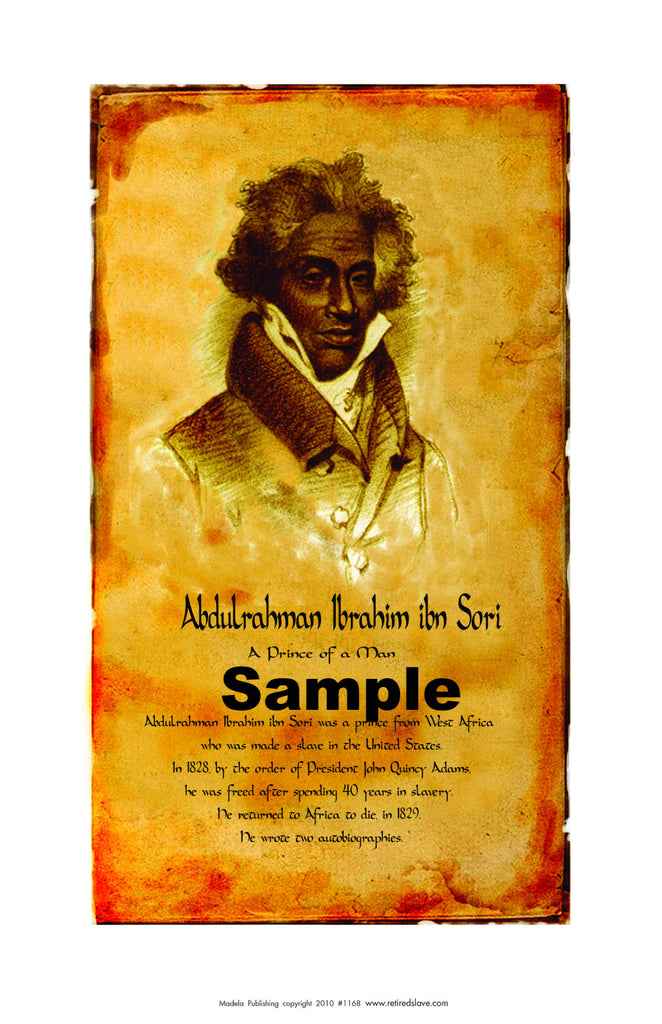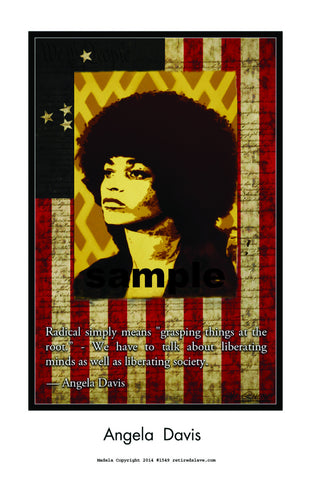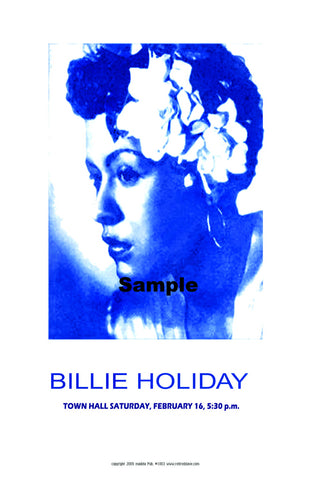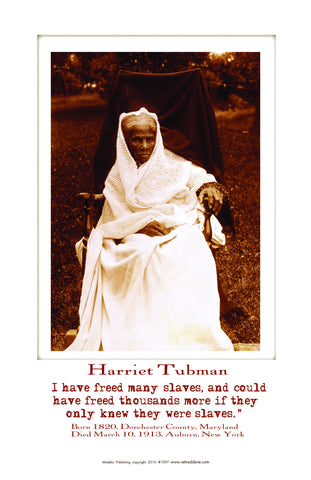Abdulrahman Ibrahim ibn Sori #1326
$ 10.00
Caption from poster__
Abdul Rahman Ibrahima Ibn Sori
Prince of a man
Abdul Rahman Ibrahima Ibn Sori was a prince from West
Africa who was mad a slave in the United States. in 1828
by the order of President John Quincy Adams he was freed
after spending 40 years in slavery. He returned to Africa to
die in 1829. He wrote two autobiography.
Abdul Rahman Ibrahima Ibn Sori (a.k.a. Abdul-Rahman) was a prince from West Africa who was made a slave in the United States. In 1828, he was freed after spending 40 years in slavery by the order of President John Quincy Adams and Secretary of State Henry Clay after the Sultan of Morocco requested his release. He was born in 1762 in Timbo, West Africa, (in present day Guinea, Fouta Djallon). He was known as the Prince of Slaves or Prince. He was a Fulbe or Fulani, (Fula) from the land of Fouta Djallon. Ibrahim left Futa in 1774 to study in Mali at Timbuktu. Ibrahim was leader of one of his fathers army divisions. After losing a battle to a warring nation he was captured and sold to slave traders in 1788 at the age of 26. He was bought by a Natchez, Mississippi cotton plantation owner, where he eventually became the overseer of the plantation of Thomas Foster. In 1794 he married Isabella, another slave of Fosters, and eventually fathered a large family 5 sons and 4 daughters.1By using his knowledge of growing cotton in Fouta Djallon, Abd al-Rahman Ibrahim rose to a position of authority on the plantation and became the de facto foreman. This granted him the opportunity to grow his own vegetable garden and sell at the local market. During this time, he met an old acquaintance, Dr. John Cox. Dr. Cox was an Irish surgeon who served on an English ship. He was the first white man to reach Timbo after being stranded by his ship and falling ill. Cox stayed ashore for six months and was taken in by Abd al-Rahman Ibrahima family. Cox appealed to Foster to sell him Prince so he could return to Africa. However, Foster would not budge, since he viewed Abd al-Rahman Ibrahim as indispensable to the Foster farm (among other reasons). Dr. Cox continued, until his death in 1816, to seek Ibrahimas freedom, to no avail. After Cox died, Ibrahim took up the cause. In 1826, Abd al-Rahman Ibrahim wrote a letter to his relatives in Africa. A local newspaperman, Andrew Marschalk, who was originally from New York, sent a copy to Senator Thomas Reed in Washington, who forwarded it to the U.S. Consulate in Morocco. Since Abdal-Rhaman Ibrahim wrote in Arabic, Marschalk and the U.S. government assumed that he was a Moor. After the Sultan of Morocco read the letter, he asked President Adams and Secretary of State Henry Clay to release Abd al-Rahman Ibrahim. In 1828, Thomas Foster agreed to the release of Ibrahim, without payment, with the stipulation that Abd al-Rahman Ibrahim had to return to Africa and could not enjoy the right of being a free man in America. Before he returned home, he and his wife went to various states and Washington, D.C. He solicited donations, through the press, personal appearances, the American Colonization Society and politicians, to free his family back in Mississppi. Word got back to Foster, who considered this a breach of the agreement. Abdul-Rahmans actions and freedom were also used against President John Quincy Adams by future president Andrew Jackson during the presidential election. After ten months, Abd al-Rahman Ibrahim and Isabella had only raised half the funds to free their children. They made arrangements to leave America. He went to Monrovia, Liberia with his wife. Abd al-Rahman Ibrahim lived for four months before he contracted a fever and died at the age of 67. He never saw Fouta Djallon or his children again. Legacy The funds that Abdul-Rahman and Isabella raised bought the freedom of two sons and their families. They were reunited with Isabella in Monrovia. Thomas Foster died the same year as Abdul-Rahman. Fosters estate, including Abdul-Rahmans other children and grandchildren, was divided among Fosters heirs and scattered across Mississippi and the South. Abdul-Rahmans descendants still reside in Monrovia and the United States. In 2006, Abdul-Rahmans descendants gathered for a family reunion at Fosters Field. He wrote two autobiographies. A drawing of him is displayed in the Library of Congress. In 1977, history professor Terry Alford documented the life of Ibn Sori in Prince Among Slaves, the first full account of his life, pieced together from first-person accounts and historical documents. In Prince Among Slaves, Alford writes: Among Henry Clays documents, for the year 1829 we find the January 1 entry, "Prince Ibrahima, an Islamic prince sold into slavery 40 years ago, and freed with the stipulation that he return (in this case the word return makes sense) to Africa, joined the black citizens of Philadelphia as an honored guest in their New Years Day parade, up Lombard and Walnut, and down Chestnut and Spruce streets.




